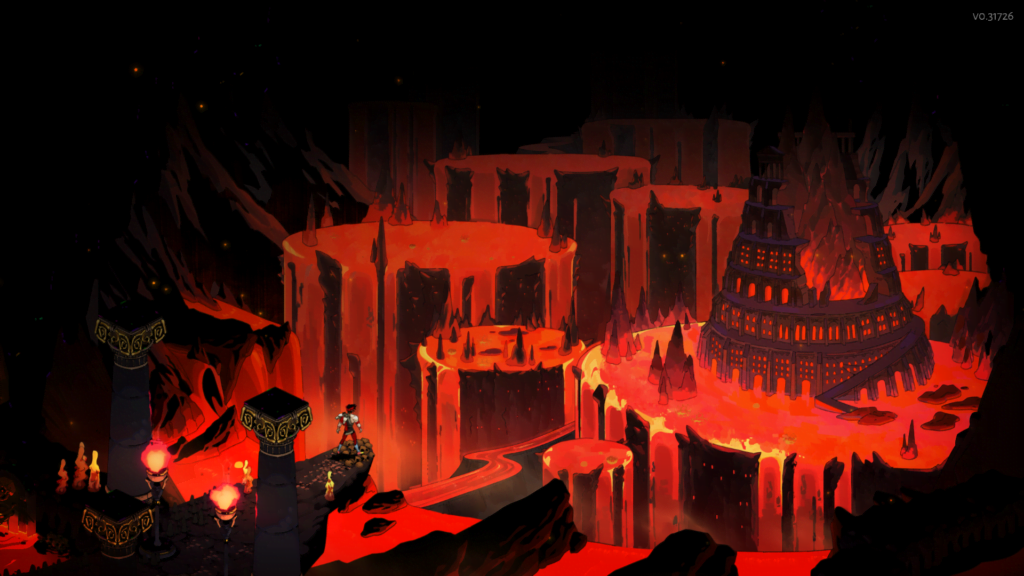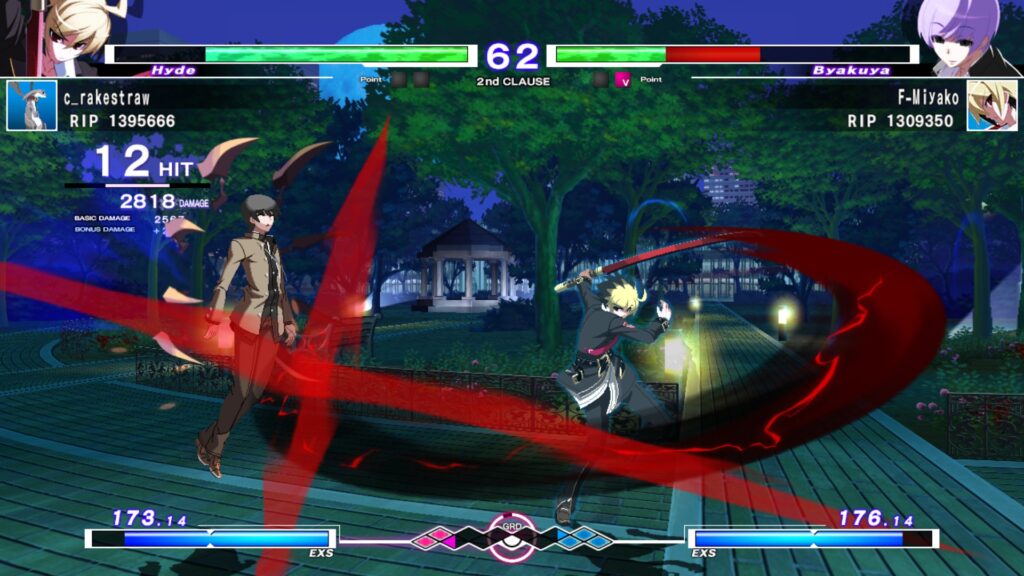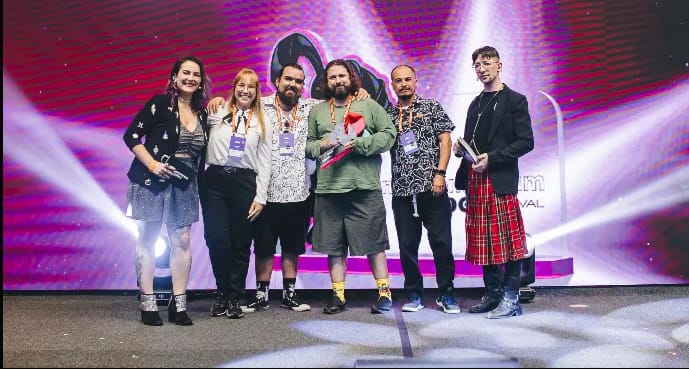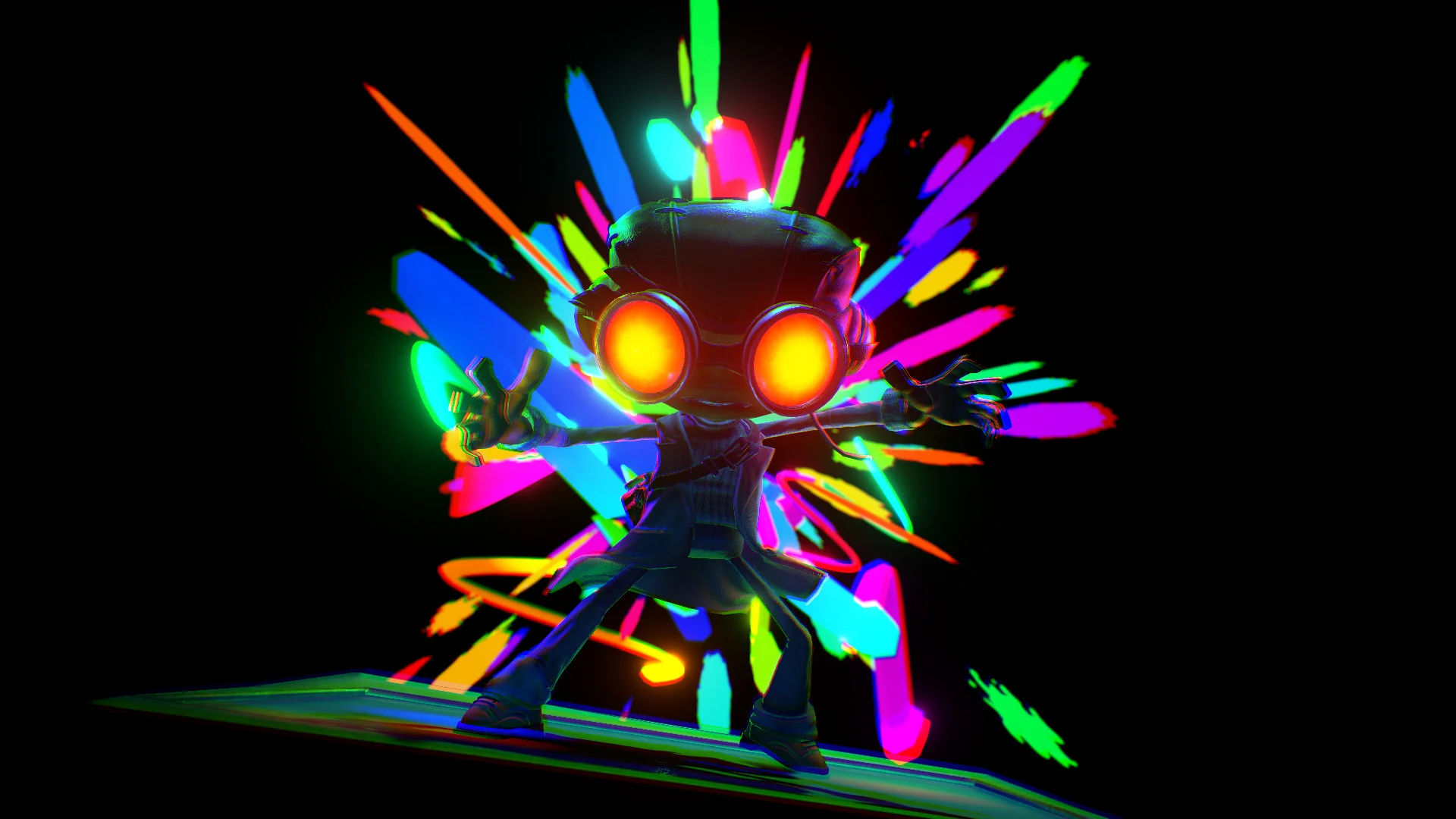If I had to sum up 2020 in one word, it’d be “disruptive.” Maybe “nightmare,” but, I mean, that’s kind of been every year for a while now (2021 included, based on what little we’ve seen), so…
COVID-19 completely upended everyone’s lives in very significant ways. Society is in a very different place than it was this time last year and it’s hard to imagine things ever going back to the way they were before the pandemic. 2020, more than any other year in recent memory, feels like one we’re going to be feeling the effects of for a while. Much as I’d love for 2021 to be a better year (and on some level I’m still hoping it well in some small way), it’s hard to look at the current state of affairs and see how it can be anything other than a continuation of what we’ve been dealing with already.
It’s exhausting dealing with how much worse the world continues to become. Almost figured I’d be used to it given how many recent years have been hard (to put it lightly), and yet… every year finds some new way to make life challenging. But that’s just how it is, I suppose. Gotta make the best of what we have and keep pushing forward. No idea what 2021 will have in store (sure is off to a bad start, though), but come what may, I hope we’ll all find some way to get through it.
Anyway: here’s some games that stood out to me this year in no particular order because… well, I couldn’t decide on how to rank them. I kept going back and forth on which game should go where constantly throughout the process of writing this, so I just decided to skip it altogether.
Honorable Mentions: Pattern, Super Crush KO, Necrobarista, Spiritfarer, Haunted Cities Volume 4, Mixolumia, Paradise Killer, If Found…

Under A Star Called Sun
This game is free — and playable in a browser — and only takes a few minutes to play, so… go do that. It’s a beautiful little game that really deserves to be experienced. It’s good. Go play it.

Nightbloom
Nightbloom is a short horror game that sees you exploring an abandoned colony effort on a planet covered in plants. It’s primarily text-based, your main means of interaction taking the form of a terminal with a grainy display to its right. You read logs detailing the events that occurred — of the horrors they brought upon themselves, of the nightmare of working for an uncaring company that would gladly see you die as long as they get their profits — the screen providing small glimpses at the planet and the fauna that dominates it.
It’s a very good, very effective piece of horror. The little touches really bring it together: the friendly, upbeat tone of the company reps assume during all communications, even in the face of some real Bad Stuff going down. The way transcripts include error messages with potential solutions whenever things become intelligible. The way the screen only provides only the barest suggestion of each space to give it that otherworldly quality, making the what small glimpses you get of the planet that much more eerie and striking. Game jam works are always impressive for what they can do under strict conditions, and Nightbloom is no exception.

Signs of the Sojourner
So… I haven’t played much Signs of the Sojourner. I’ve wanted to — it’s a great game! — but it’s one of those games that makes me extremely anxious while playing.
Signs of the Sojourner is about conversations. It’s a deck-builder where what cards you play dictate how a conversation plays out. The idea is to use cards with symbols matching those of the one played by your opponent. Each one corresponds to certain tones. If you succeed, the talk goes well. If you fail to match the symbols, the conversation ends on a sour note. After each conversation, you have to add a new card to your deck in exchange for an old one. As such, you’re going to reach a point where you can’t succeed with a conversation no matter how much you try because you can’t carry enough cards to make sure you jive with everyone. It’s a really clever way to systematize conversations, one that reflects the ways how sometimes they just don’t go well for whatever reason.
It’s also a game with a ton of branching paths to pursue should you like, which for someone as riddled with indecision as I can be over the smallest things, is just a recipe for constant anxiety.
I have a problem where, when presented with certain choices (can be literally anything, big or small), sometimes I just… kinda freeze up and can’t choose. In videogames in particular, it doesn’t happen very often. But when it does, it’s tough to overcome. It’s a silly thing, I know — it’s just a game, none of it really matters and all that — but I can’t help it! I get easily invested and it makes this stuff hard.
Even so, I’d be remiss to not put it on my list because, one, it’s a very, very cool game, and two, even if the reaction it got out of me wasn’t exactly as positive as I was hoping for, it still left a strong impression on me. It’s been something I’ve regularly thought about throughout the year, such that I’d be lying to myself if I didn’t include it.

Final Fantasy VII Remake
When it comes to remakes, there’s two paths they can take: they can either stay as close to the source material as possible, seeking to merely recreate the original and make it look “better” or whatever. Or they can reinterpret the work entirely and make something new and exciting out of it. I’m in the camp that prefers them to go wild with the source material and do something new and interesting with it because, really — if you’re gonna go through the trouble of remaking something, lean into it. What’s the point otherwise? Final Fantasy VII Remake seemingly agrees, for it’s less a straightforward remake and more of a mix of a re-imagining and an almost sequel of sorts.
Remake is an extremely metatextual work. It is a game that is very much aware of its predecessor and the events that transpired. It’s a game that’s actively grappling with its own legacy to the point where it’s actively part of the plot, such any attempts to deviate from the original are thwarted by mysterious phantoms, always ensuring the events play out as they should. It makes for some very potent commentary on the struggles of the dev team’s balancing act of adapting the original story while still expanding and revising it, or conversely, the fans’ demands that Remake just be that — a remake — rather than a new spin on the story. It’s a bold choice to incorporate such things directly into the game itself, but one I’m absolutely here for.
(Quick aside: it really, really sucks how Barret is still an awful stereotype — especially after giving him so many good scenes in the remake that show just how good of a character he can be. For as much they captured the spirit of the original game perfectly, that’s one thing they should have changed. It was bad then, and it’s even worse now.)

Hades
How the hell is Supergiant Games so good at making games? Like seriously.
Hades in some ways feels like the culmination of all of Supergiant’s previous games. All their hallmark traits are present and at their best, Hades by far being their best feeling game to play by a mile (which is saying something given how all they’re games have felt good to play). It’s take on roguelikes isn’t anything revolutionary, but it does everything so well that it’s hard not to want to praise it to high heavens.
The way it weaves narrative naturally into the standard roguelike structure is smart and incredibly well-executed, such that it’s honestly surprising it hasn’t been done this well before. It’s a small thing, but does wonders for keeping the drive to play alive, as well as making the downtime between runs feel more meaningful. Progression is good and all, but story development? Being able to check in with characters you like and see them react to what’s been happening and just generally hang out? That’s the good stuff.

Umurangi Generation
Plenty’s been said and written about how strong Umurangi Generation‘s story is and how effectively it tells it solely through the environment. It’s a game that is very much of this moment — doubly so with the release of its expansion Macro, wherein everything that was just sort of quietly there in the background comes all the way to the forefront to the point that you definitely can’t miss what the game is saying. It’s a powerful work. Just incredible all around.
Also it’s just a great photography game, which, as someone who already takes tons of screenshots in games, really clicks with me. I’ve only ever had a very passing interest in photography. Enough to enjoy and appreciate the work that goes into it, but not to the point where I’ve actually thought to dabble in it myself. I’ve messed around with a lot of photo modes in games, but few of them ever do anything for me. All the tools they provide are nice, I guess, but mostly I just used them to make it easier to grab a shot since they usually pause the game.
Umurangi Generation is the first time I ever really felt like I started to understand and actually want to try using all the tools available and see what I could do with them. How does this lens affect the shot? What if I alter the contrast or color tone? What if I… and so on. Actually handling a camera and actively having to get myself into position to get the shots I’m looking for, I think, makes a big difference.
If I’m using a photo mode in whatever the latest big-budget game is to add one, it feels different than when I’m taking a photo in Umurangi, as in the case of the former, I’m just pressing a button and can easily play around with the angle until I’m happy. Whereas in Umurangi, I have to actively put the work in at every step, which makes me feel more… invested, I guess? Because I’m putting way more thought and work into each photo, even those I’m just snapping more or less mindlessly. Also it just makes the entire process more fun. Makes it feel more rewarding when you get a shot that turns out really well.

Kentucky Route Zero
Kentucky Route Zero is one of those games that feels like a defining work of a medium. Something so special, so essential that it feels like something that will quietly shape a lot of future works going forward — and undoubtedly already has. The fact that it was literally almost an entire decade in the making feels appropriate somehow given how much it relates to and covers topics and concepts extremely relevant to life in this day and age (debt and shame, the constant precarity of work). Austin Walker summed it up well in his review, I think, where he said, “Kentucky Route Zero is a game about what capitalism does to people, how it turns them into fuel and into highway both, so that it can spread further and further, devouring more and more along the way.”
It’s a game I struggle to write about because I feel like I lack the words and understanding to convey precisely why it’s so good, why it resonates so deeply, why it’s so important (and because countless other critics have done it better than I could).

Extreme Meatpunks Forever: Bound by Ash
It’s a visual novel/brawler about a bunch of queer mech pilots fighting fascists using mechs made of meat as they attempt to steal the sun. The premise kinda says it all. Well… mostly — insofar as you’re probably gonna know whether you’re on board with it or not based on that description. And you ideally should because it’s so good.
Extreme Meatpunks Forever: Bound by Ash is the second season of Extreme Meatpunks Forever. It’s previous season, Powered by Blood, was a game that was really cathartic for how explicitly antifascist it was and how it refused to pull any punches, something that’s always good to see at any time, but especially in an age where fascists are literally organizing and attacking people in the streets. Also it was just a fantastically written game that had a lot of great moments, both deeply affecting and just plain silly, the game constantly oscillating between the serious and the jovial effortlessly. And it’s super queer as well, which, you know — always a plus.
Bound by Ash is much the same, only somehow better in just about every way possible. The writing has only gotten better and more moving and affecting. The combat is more enjoyable to actually engage with. The story continues to move in interesting directions, the core themes of community and identity shining especially bright. It’s a game that, despite how often it delves into some tough, murky subjects, is always able to be a delight, always able to find some small moments of joy and levity amid everything.

Under Night In-Birth Exe:Late[cl-r]
Man… Under Night is so good.
I’m not usually one to stick with multiplayer games — competitive ones especially — for the long haul because I’d almost always rather play a good single-player game instead. Less stressful and just easier to play, you know? But somehow Under Night‘s gotten it’s hooks in me enough to keep me coming back to it constantly. A few years ago, I likely wouldn’t have even given it a glance because I was never able to really figure out fighting games. Now, two years after picking it up on a whim, I’ve got hundreds of hours sunk into Under Night and even played in a tournament — and did pretty well too! Never would have ever thought of doing that before.
Under Night is the game that’s named here (because it’s the one I like the most and the one I’ve spent the most time playing), but really — this spot could very well just apply to any one of the fighting games I played this past year thanks to the various recommendations from friends, of which there were many. Because what this spot ultimately represents is all the good times I’ve had playing with friends while chatting on Discord. In a year where I haven’t been able to see anyone, especially my closest friends, due to COVID-19, having some kind of regular means of hanging out with folks was a welcome respite.





